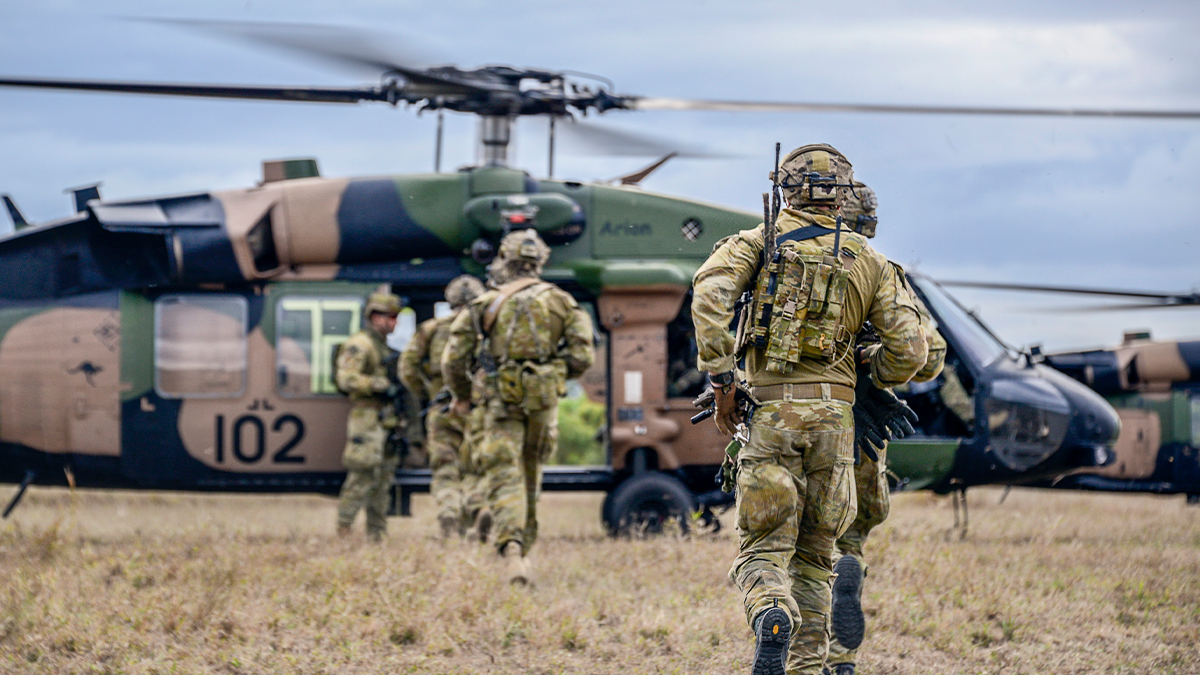The Information/Cyber Domain
From ASPI Strategist, a piece from Zac Rogers and Jason Logue, exploring the battle of the narrative and the challenges we face in developing trust in such narratives. This piece builds upon the discussion in this forum over the last two weeks regarding disinformation. As RAND’s discussion of the Russian ‘Firehose of Falsehood’ continues to prove an effective tactic, we must expect its continued employment and its emulation by others. Rather than lament these developments, this longer piece from Haroro Ingram assesses the US government posture to deal with such influence activities—regardless of state or non-state sponsor.
A trend toward increasing discussion of Influence is not a unique perspective. The UK Ministry of Defence re-calibrated toward the issue of influence within Joint Concept Note 1/17. Within this document, the aim of joint action is defined as ‘the deliberate use and orchestration of military capabilities and activities to affect an actor’s will, understanding and capability, and the cohesion between them to achieve influence.’ This adjustment in language that exists behind this British Joint Concept consolidates Information-related material communicated within weekly updates over the past month.
Irregular Warfare and Terrorism
From the Centre for a New American Security, this is the third podcast (approximately 30 minutes duration) debating recommendations for US counter-terrorism policy in Syria, considering specifically the influence of external actors such as Russia, Hezbollah and Iran. Again, this was recorded approximately 8 months ago, and is offered to frame the debate on US policy choices undertaken in late 2019. This podcast provides context for the American view of Iranian influence across the Levant which led President Trump to authorise the targeting of the IRGC-Quds Force leader, Qassim Suleimani, in January 2020.
Lessons & Major Power Competition
From the Strategy Bridge, a short piece that thinks through the idea of major power competition. This prompts me to suggest to you a throwback from the Centre for Strategic and Budgetary Assessments (CSBA). This paper examines the nature of competition in war, demonstrating how adversaries adapt from each other’s innovation. This CSBA link includes both PPT and PDF formats, with the PPT providing a succinct version for those interested but short on time. Why this piece? Discussion of competition inherently must understand how adversaries compete—whether it be evolutionary or revolutionary (i.e. break-out tactics or capabilities). The fielding of capability might therefore leverage the lessons in this report by seeking to understand the expected period of temporal advantage before a counter is devised. The long-form version is also well worth the time; particularly for those seeking to apply historical lessons to support capability acquisition efforts.
Defence innovation
From Wired, a short piece discussing the necessity of understanding the algorithms behind AI programming in order to avoid being deceived by AI tools. While this article is civilian in orientation, the implication is that fielding of AI for military applications must come with a systemic appreciation of how that AI system learns, and consequently how it might be misled. Also from Wired, a short piece introducing US fielding of C-UAS capability along with discussion of the limitations in such a system. In combination, these two articles contribute to the issues painted by this short video which might give us pause, examining what the future of AI-enabled UAV technology might look like, termed “Slaughterbots” (approximately 10 minute YouTube clip).
The Regional worldview
From S. Rajaratnam School of International Studies (RSIS), Singapore, a short piece offering insight into the Singaporean Armed Forces view on military modernisation. With similar capabilities being acquired to those the ADF will develop in coming years, the ‘hybrid warfare’ narrative surrounding the SAF modernisation plan is of note. The RSIS investment in Hybrid Warfare studies is particularly interesting given the way in which Chinese competition may manifest against Singapore’s interests in the Maritime corridors of South-East Asia.
Longer reads
From RUSI, a study written in 2019 examining the Future of Fires. Framed in a context reminiscent of the Air-Land Battle for the Fulda Gap, this paper provides an intuitive background on how Russian reconnaissance-strike complex evolution has evolved and has been employed in the Ukraine. Based upon this baseline, it then takes the reader on the journey about how procurement decisions should be made regarding fires capabilities. While the Australian context would create nuance to the argument presented herein, this article does offer useful understanding of the pressures being faced by NATO. Of note, the link also includes the Executive Summary of this paper for those short on time.



